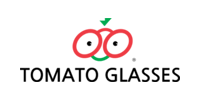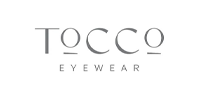Most people know that kids need a pediatrician and dental check-up, but when should a child have their eyes checked?
Early Diagnosis
Most children will not complain about vision problems since they do not know the symptoms of abnormal vision. Many conditions do not have symptoms at all! Uncorrected vision or eye health problems can hinder learning and development and create academic, social, and athletic barriers in life.
The longer a vision problem goes undiagnosed and untreated, the more a child’s brain learns to accommodate the problem and may become untreatable later in life.
Recommended Guidelines
Read below for the American Optometric Association’s Recommended Guidelines for Pediatric Eye Exams:
- First exam by 12 months – this is a wellness exam to ensure healthy physical and visual development early in life.
- Second exam at age 2 – A more involved vision and health exam to check on healthy visual development.
- Third exam before starting school – This exam is similar to an adult exam but performed in a fun and kid-friendly way!
- Every year after age 5 – With an annual exam we can continue to maintain the best vision and eye health.
What We Do
These are some of the conditions we look for and treat:
- Amblyopia (Lazy Eye)
- Strabismus (Crossed Eye)
- Blurred vision caused by nearsightedness, farsightedness, and astigmatism
- Eye movement disorders
- Eye teaming disorders
- Focusing system (Accommodation) disorders
- Conjunctivitis/(Pink Eye)
- Hordeolum/Stye
- Blocked tear ducts in young children
- Various congenital ocular abnormalities







